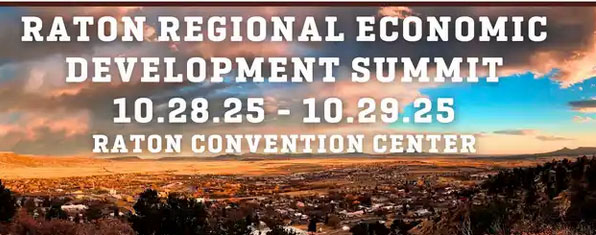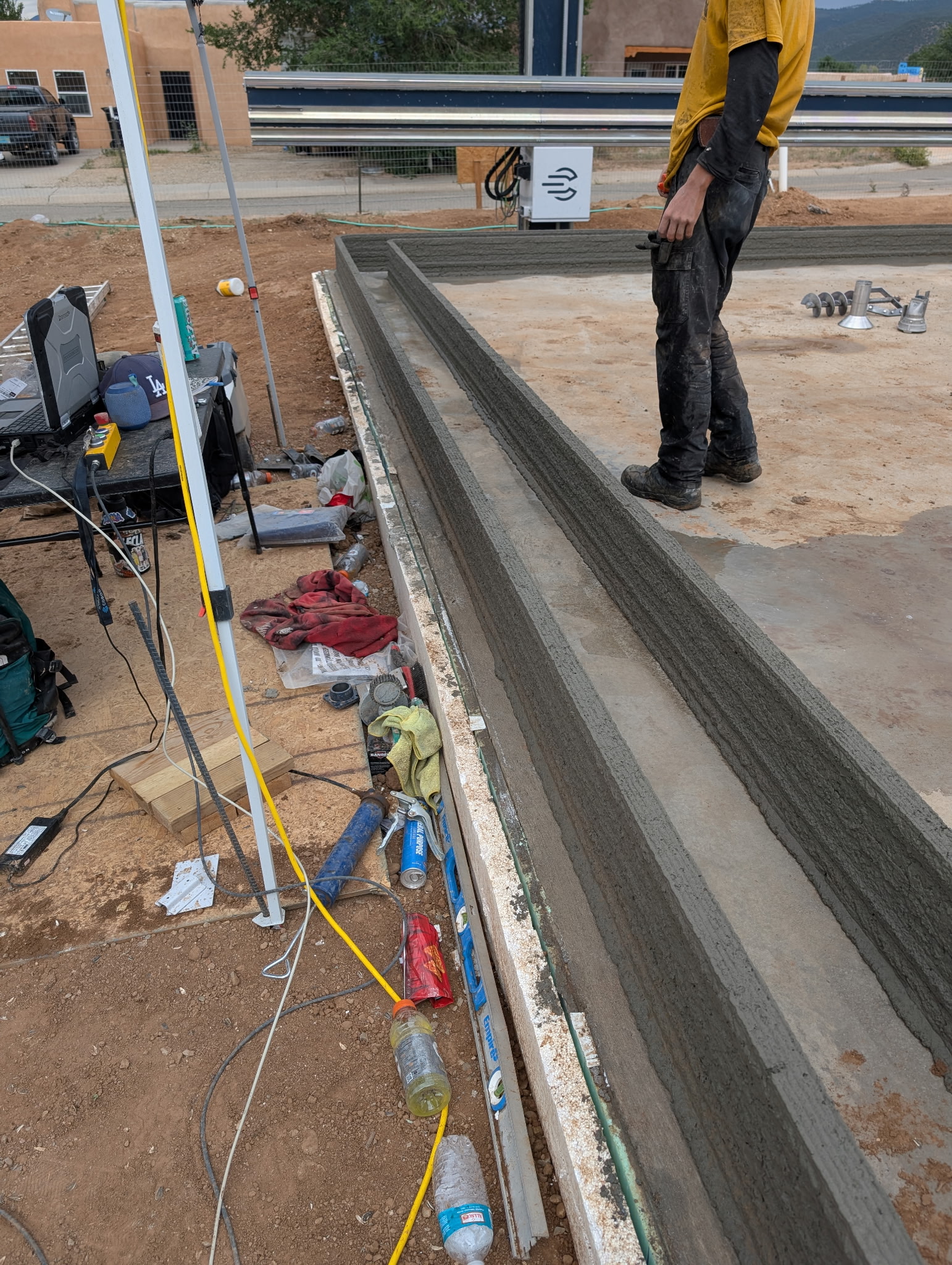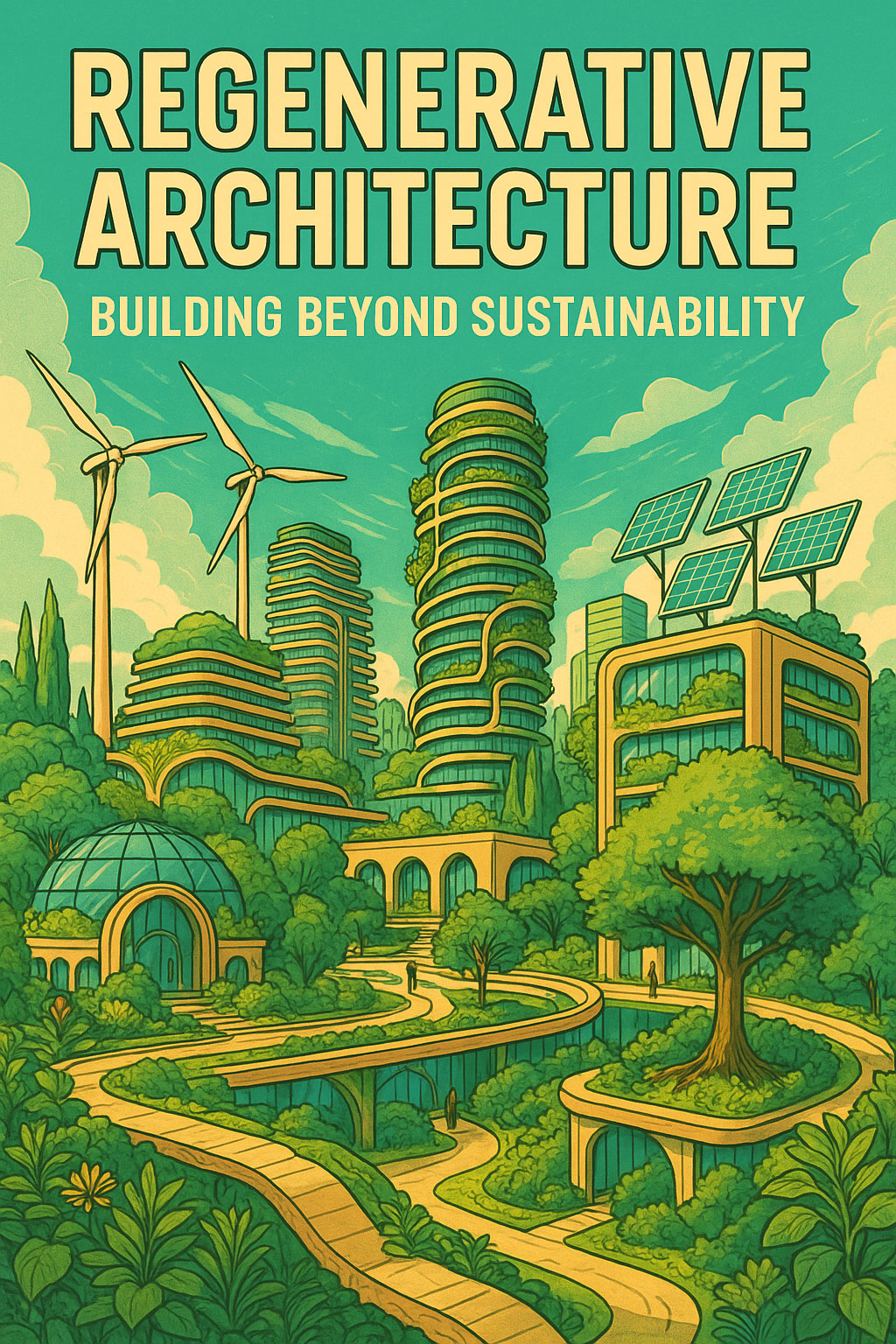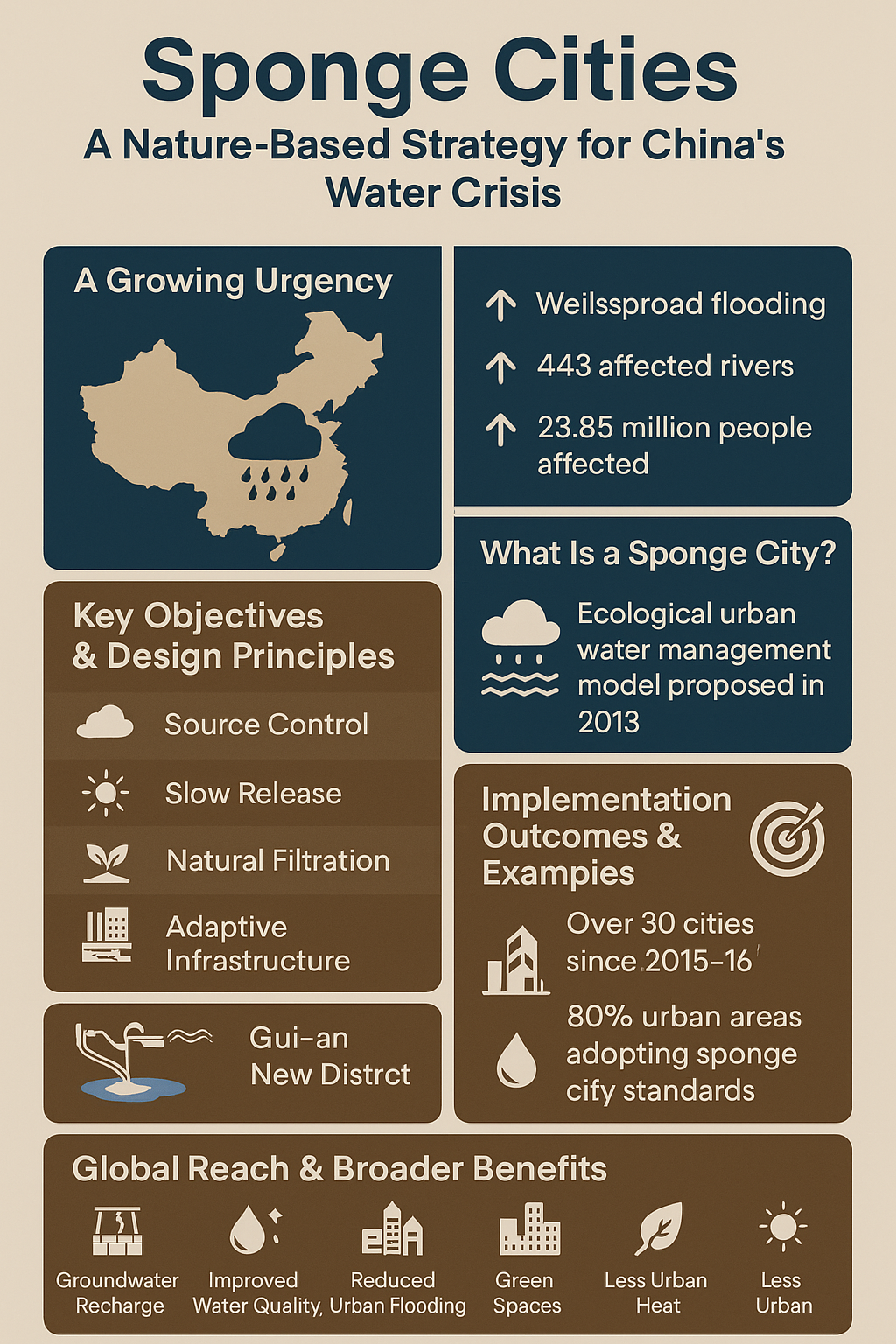The housing crisis is a growing challenge in many communities across the United States, and Taos, New Mexico, is no exception. Like many rural areas, Taos struggles with a lack of affordable housing, driven by increasing land and construction costs, a growing population, and economic disparities. Neighboring communities like Angel Fire, known for its aggressive and innovative housing strategies, provide valuable insights into how we can transform the housing landscape.
The Angel Fire Model: Aggressive Housing Strategies
Angel Fire, a mountain town near Taos, has garnered attention for its proactive housing initiatives. Local authorities have implemented zoning changes, financial incentives, and community partnerships to increase affordable housing options. By focusing on infrastructure development, incentivizing developers, and supporting modular and alternative building methods, Angel Fire has taken significant steps to meet its housing needs.
The Case for Sustainable and Off-Grid Design in Affordable Housing
Affordable housing often requires balancing cost-efficiency with long-term value, and sustainable, off-grid designs are uniquely positioned to achieve both. By using locally sourced, natural, and recycled materials, these designs reduce upfront construction costs while minimizing environmental impacts. Here’s how these principles can make a difference:
- Energy Independence:
Off-grid homes harness renewable energy sources like solar and wind, eliminating the need for traditional utilities. Residents benefit from lower utility costs and a reduced carbon footprint. - Water Management:
Rainwater harvesting systems and greywater recycling provide a reliable water source, even in arid regions like New Mexico. These systems reduce strain on local water supplies while offering autonomy for residents. - Thermal Efficiency:
Passive solar design, natural insulation, and thermal mass construction methods ensure homes remain comfortable year-round with minimal heating or cooling costs. - Community Resilience:
Off-grid homes are not vulnerable to infrastructure disruptions, which is increasingly important in an era of climate uncertainty.
Regenerative Design: Building Beyond Sustainability
Regenerative design takes sustainability a step further by creating buildings and communities that actively restore and enhance the environment. In addition to minimizing harm, regenerative housing incorporates features like:
- Soil regeneration through biochar, worm farms and composting systems.
- Biodiversity and Permaculture support through native landscaping and pollinator gardens.
- Catchwater with greywater and black water botanical cells to put more water into the ground.
Angel Fire’s openness to innovation presents an opportunity to align with these regenerative principles. By incorporating regenerative design into its housing strategy, Angel Fire could become a model for how small communities address affordability while contributing positively to the environment.
Lessons for Taos: Bridging Tradition with Innovation
Taos is uniquely positioned to expand on Angel Fire’s strategies, given its rich history of sustainable construction and off-grid living. The community has already proven the viability of sustainable design through projects that integrate renewable energy, water independence, and thermal mass and passive solar architecture. However, the pressing housing shortage demands that Taos scale these solutions and make them more accessible to lower-income families.
By partnering with local governments, non-profits, and private developers, Pangea Biotecture aims to:
- Streamline sustainable building practices to reduce costs.
- Offer educational workshops to train the local workforce in off-grid construction techniques.
- Promote modular and prefabricated systems to expedite construction timelines.
- Introduce regenerative design elements that support the community’s long-term resilience.
A Sustainable Vision for the Future
As Taos looks to address its affordable housing crisis, Angel Fire’s aggressive housing strategies and commitment to innovation serve as a valuable blueprint. By incorporating sustainable, off-grid, and regenerative design principles, Taos can ensure its housing solutions are not only affordable but also environmentally and socially responsible.
At Pangea Biotecture, we are committed to helping communities like Taos and Angel Fire achieve their housing goals through sustainable design. Affordable housing doesn’t have to come at the expense of the environment — it can be a step toward a regenerative and resilient future for all.
Let’s build a better tomorrow. One sustainable home at a time.
Taos eyes Angel Fire’s ‘aggressive’ housing strategy: Local officials conflicted over multi-award contract







Leave A Comment